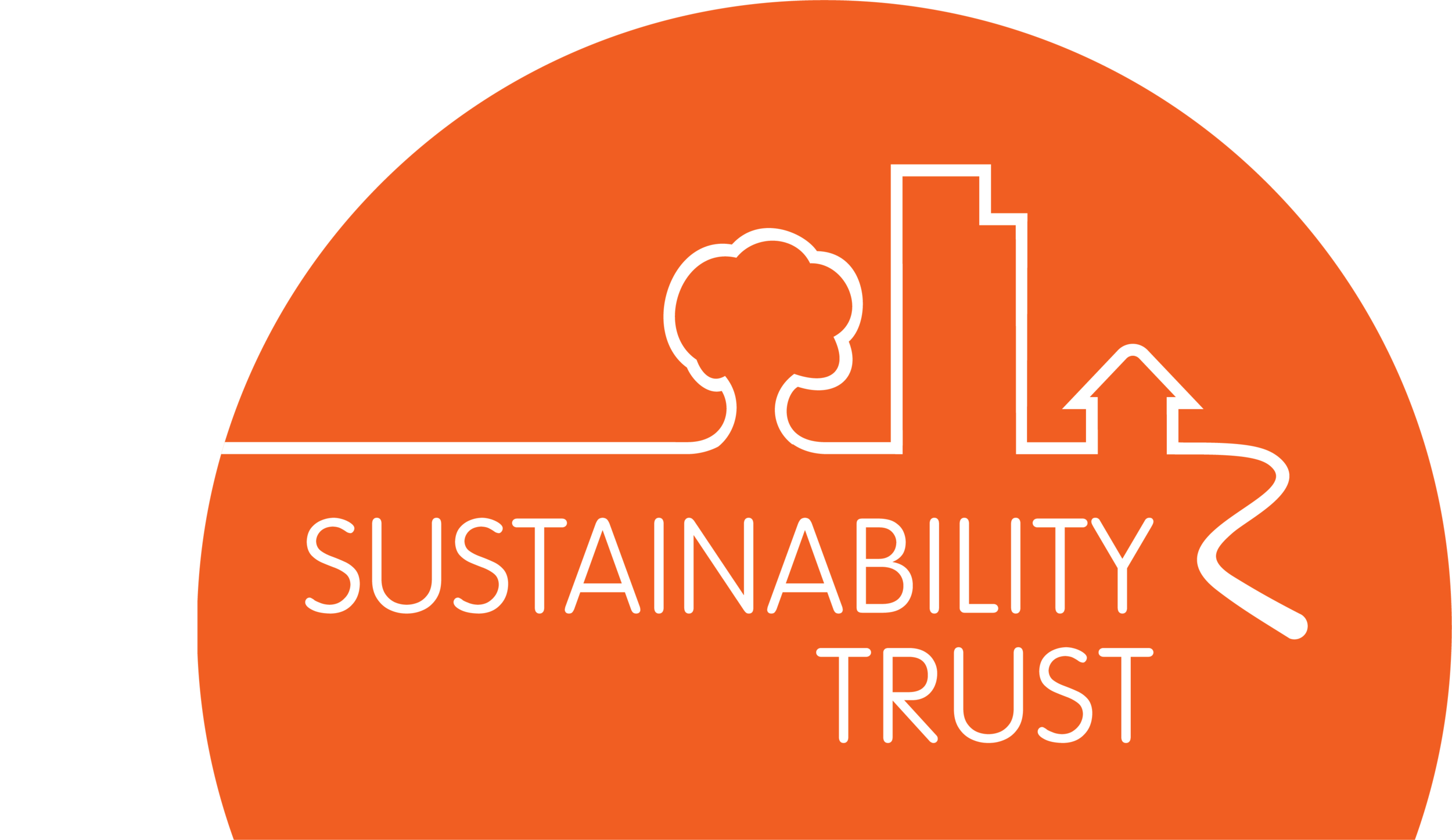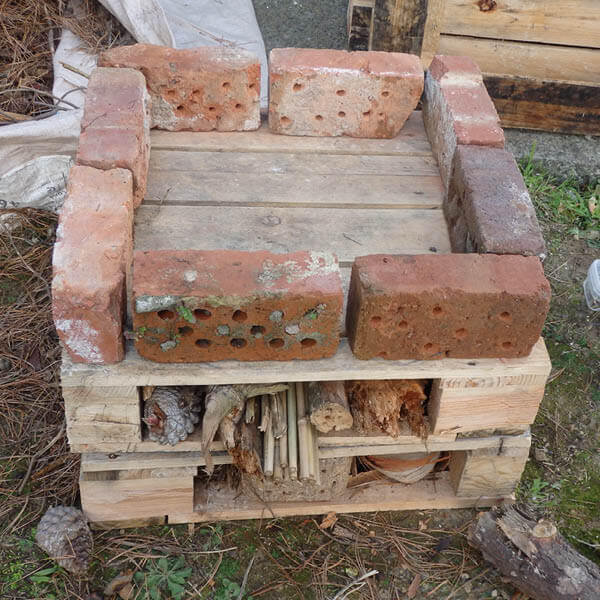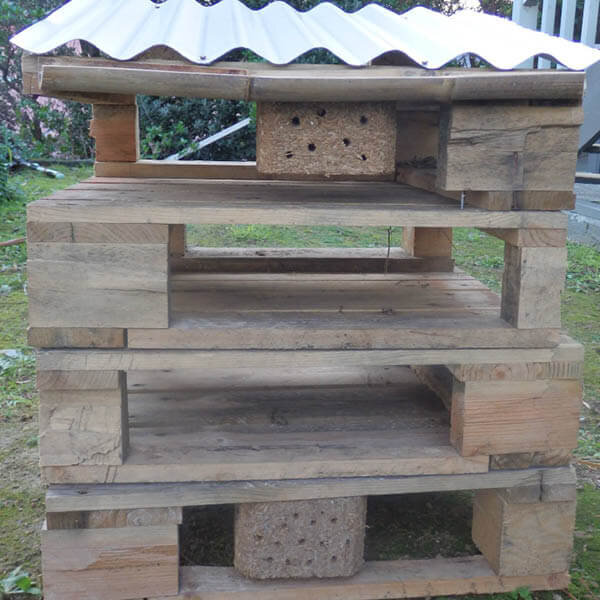Wilderworld: Build your own bee hotel
Make a backyard bee hotel
Get buzzy and build your very own bee hotel in your backyard.
New Zealand bees do much more than supplying us with honey. One-third of everything we eat is pollinated by bees. Unfortunately, bee numbers are declining because of pesticides, pollution, habitat loss, introduced species, and disease. Making a ‘hotel’ for pollinating insects is a great way to help our backyard bees!
Building a bee hotel
All you need is some untreated pallet wood, branches, sticks, and bricks. The size and design can vary to suit the look you’re after, and the available space. Structures that use bricks and bamboo are particularly attractive to solitary bees. Bee hotels work best with a lot of different sized holes for insects to crawl into. Having flowering plants nearby helps supply a food source
Materials for your DIY bee hotel
Untreated wood: Most pallet wood is untreated, but check for the HT stamp on it. This means it’s been Heat Treated, rather than chemically treated. Painted pallets are not suitable as toxic residues could harm the insects.
Other useful wood materials include old fruit crates, dry, hollow or pithy stemmed tree branches, plant stalks, bamboo, and untreated wood scraps.
Bricks, terracotta pots and chicken wire are all great to include as well.
For tools, get hold of some wire cutters, pincers, an electric drill and bits.
Use a masonary bit for the bricks if they don’t have holes.
You’ll also need nails, hammers, measuring tape, a cork-screw, and a pencil.
Build the structure somewhere that is cool in summer and dry in winter. Make sure to put an overhang on the top, to keep the rain off.
Make a bee-friendly garden
Put your bee hotel near a fresh water source and near your compost.
Plant bee-friendly plants such as basil, bergamot bee balm, borage, chives, clover, comfrey, lavender, phacelia, sage, veronica, cabbage tree, kiwifruit, koromiko, manuka, or New Zealand jasmine.
Tips!
Native bees prefer white, yellow and green flowers! Keep this in mind when deciding what to grow in your garden. Definitely avoid using pesticides and herbicides. Many of these can be harmful to pollinators - and humans - in addition to the pests you are trying to get rid of. If you need to control pests, and you’ve exhausted all other options, use the chemical at the end of the day when most pollinators are not moving around your garden.




